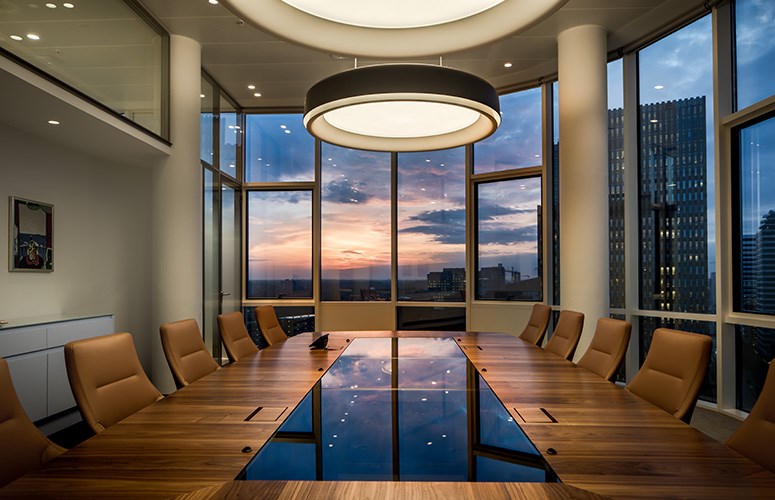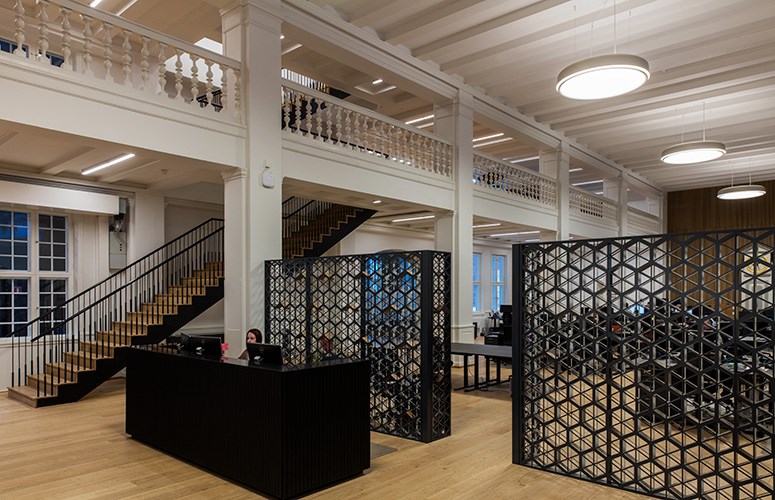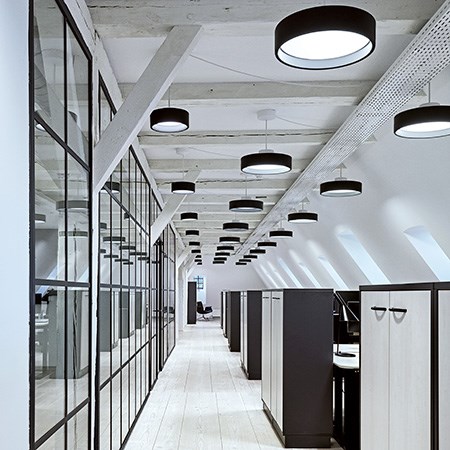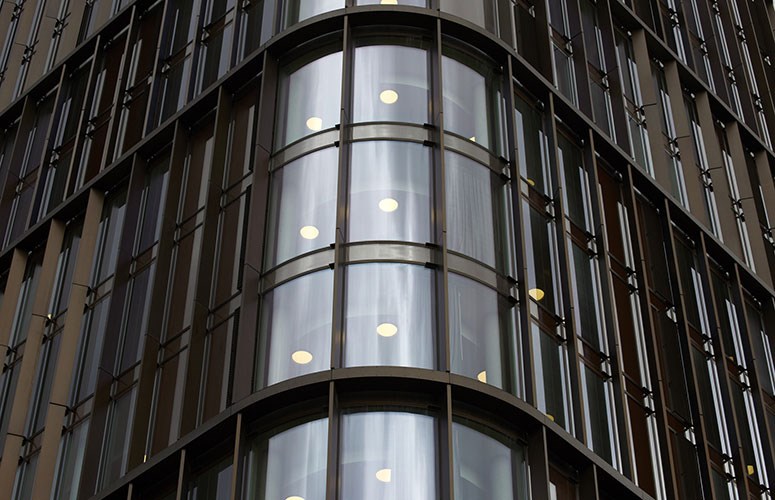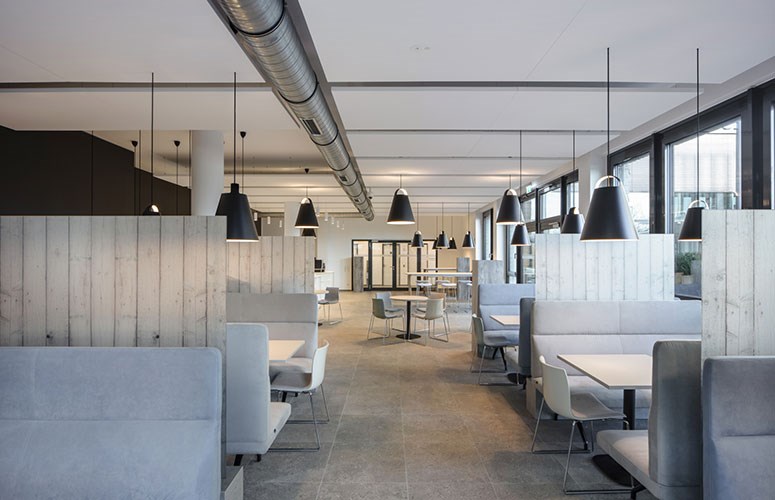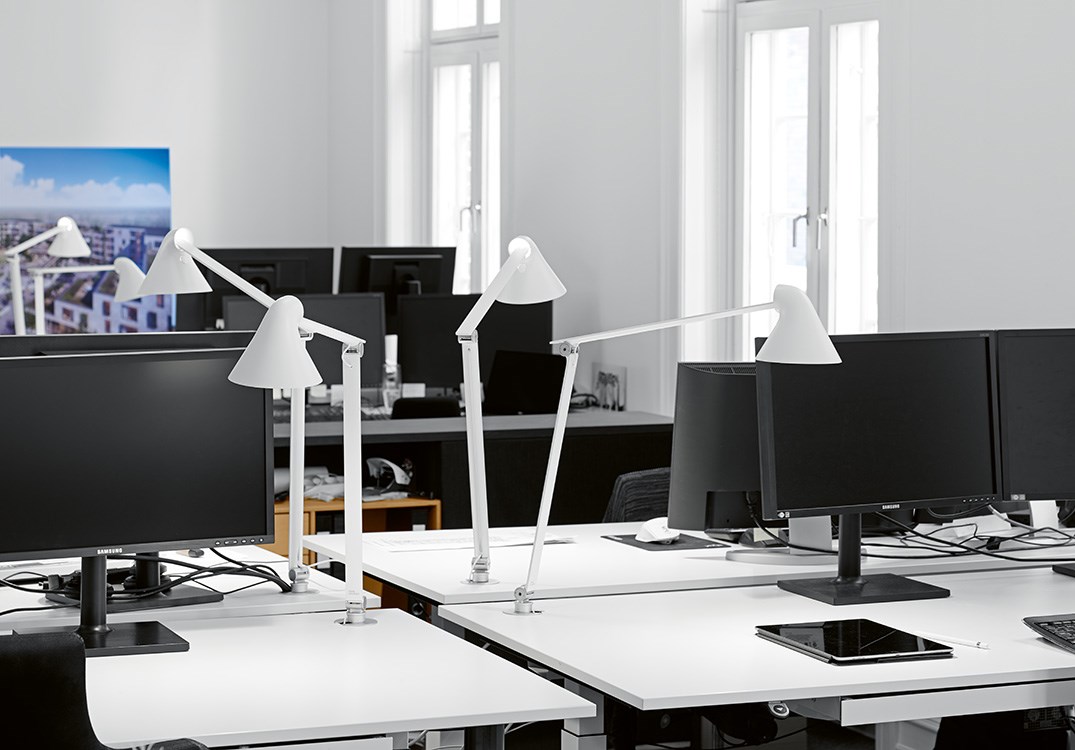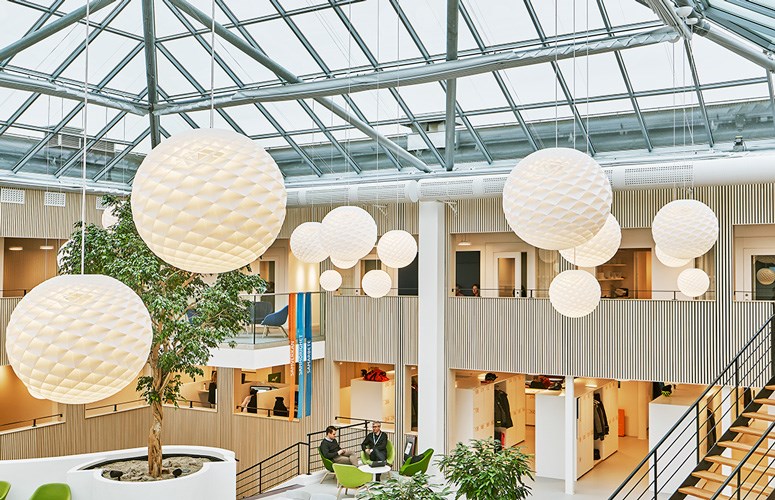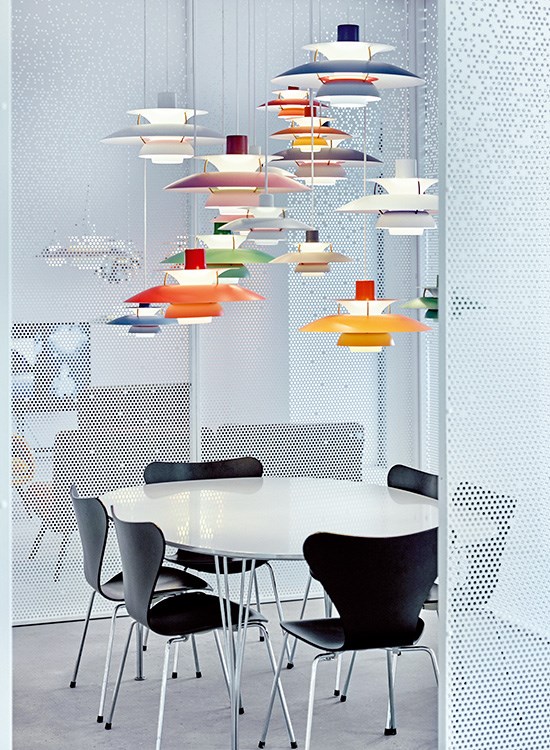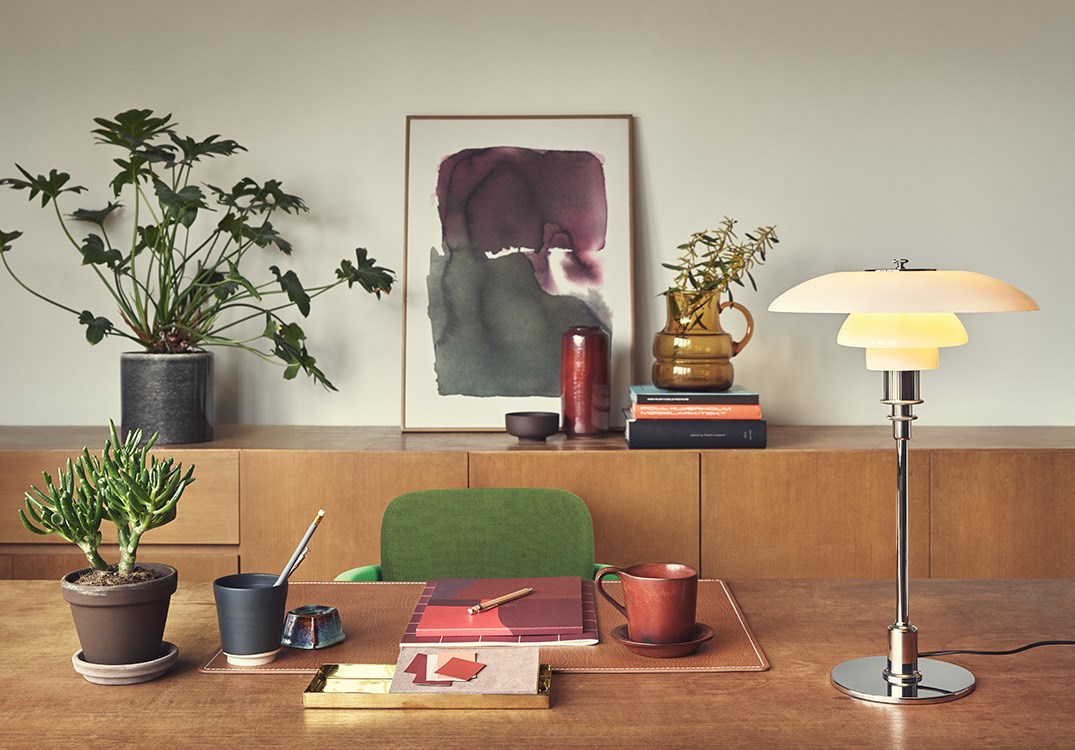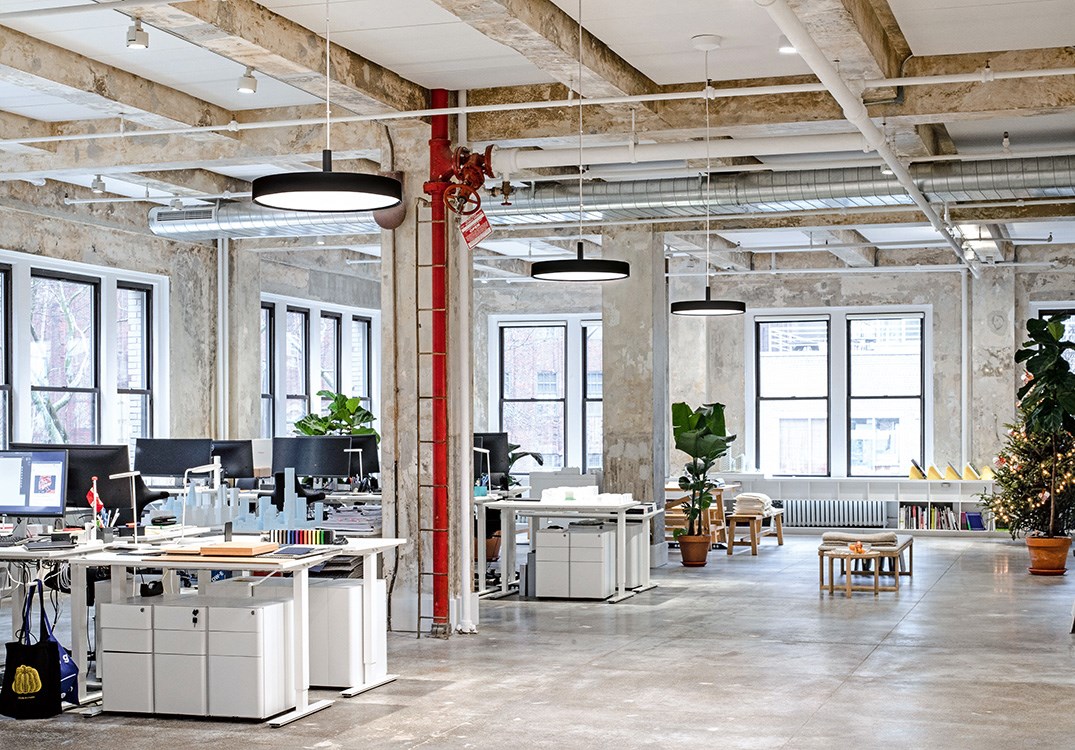
Office lighting solutions
Interior lighting is about much more than simply choosing the right type of lighting fixtures for a certain space. It is also about choosing the bulb most suitable to your needs and about locating the light fixture optimally. In order to place your pendants and lamps optimally, you must first examine the room for which the light fixtures are intended. Optimal office lighting solutions are tailored to the different functions of your office. As such, there are several factors which you must consider when investing in lighting for designer offices.

